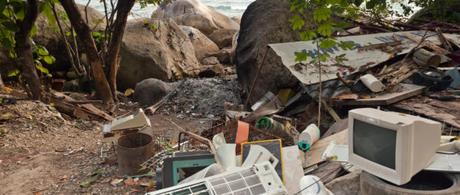
Waste is considered hazardous when it is deemed harmful to humans and/or the environment. Any solid or liquid waste that is considered toxic, chemically reactive, flammable or corrosive.
Gov.uk lists some types of hazardous waste as:
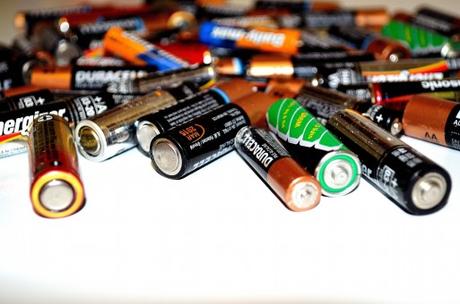
- Asbestos
- Chemicals, such as brake fluid or print toner
- Batteries
- Solvents
- Pesticides
- Oils (except edible ones), such as car oil
- Equipment containing ozone depleting substances, like fridges
- Hazardous waste containers
Also, hazardous waste is found in hospitals and health centers. These types of waste are:
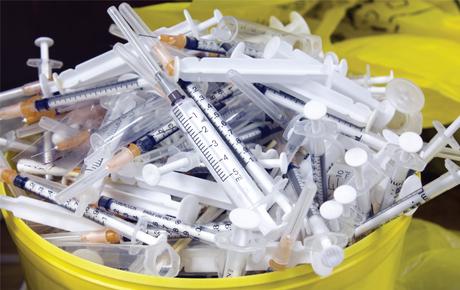
- Sharps
- Infectious Waste
- Pathalogical
- Radioactive
- Pharamaceuticals
- Other sanitary waste produced at hospitals.
All of the above are types of waste which must be disposed of in a carefully considered way.
On average a household could contain 100lbs of waste classified as hazardous including, paint, batteries solvents, cleaning agents and consumer electronics (TVs, computers and phones) which are often disposed of with the normal household waste and therefore ends up in landfill or in the sewage system.
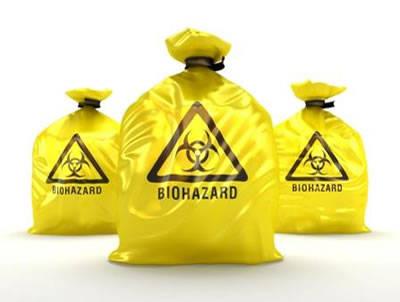
Improper disposal of hazardous waste can have serious impact on human health. It can also negatively affect the environment if the waste isn't disposed of in the right way. Leaks from the waste may contaminate soils and water streams, ultimately creating a health hazard.
Other Types of Hazardous WasteThere are certain Hazardous Wastes that can only be destroyed safely by High Temperature Incineration. These types of hazardous waste include:
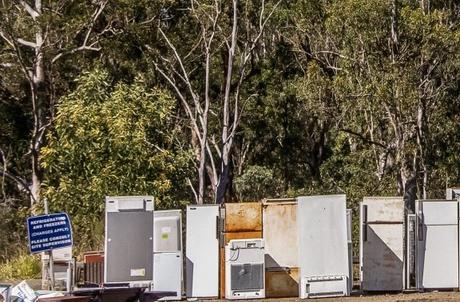
- CFCs (commonly found in refrigerants) - are partially responsible for the depletion of the ozone layer
- PCBs - no longer made, but still used, cause cancer in animals and are human carcinogens.
- Certain cyanide containing waste - harmful to aquatic life.
Hazardous waste incinerators operate to and comply with the strictest emission limits of any industry in the European Union, utilising state-of-the-art facilities combined with experienced and well-trained operators.
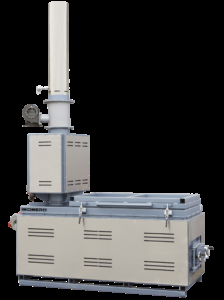
Our range of hazardous waste incinerators are specially designed to cope with most kinds of medical and hazardous waste in the majority of climates and conditions.
Our hazardous waste incinerator range has been designed to dispose of Category 1, 2, 3 and 4 type red bag wastes that typically contain high density and high moisture contents.
Read more about waste types and waste management.Recent Hazardous Waste News
In January of this year, a waste disposal firm based in North Tyneside , were shut down after allowing the build-up of 165 tonnes of contaminated waste in their building. The company HES, had contracts with several NHS trusts which meant that there was waste being delivered to them daily.
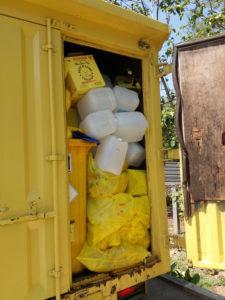
The build up of waste that was found at the site was believed to include dangerous medicines used in cancer treatment, surgical waste and filthy needles. It is also been said that some bags even contained body parts.
A former worker of HES claims that there was no incinerator at the site in North Tyneside, and instead the waste was planned to be transported to another one of their sites in the country. Failing to meet their responsibility of disposing of hazardous waste, Healthcare Environment Services are now facing criminal investigation.
Read more about the NHS body parts scandal.
